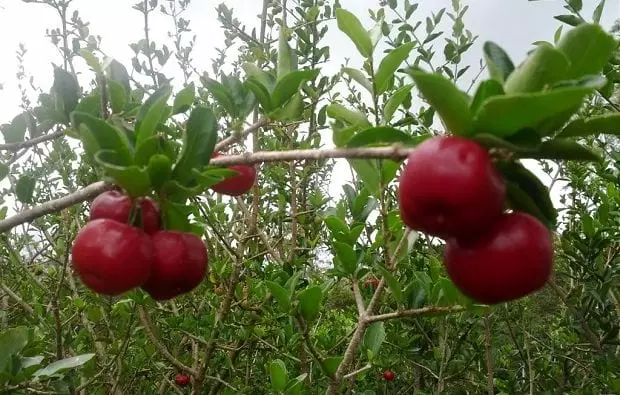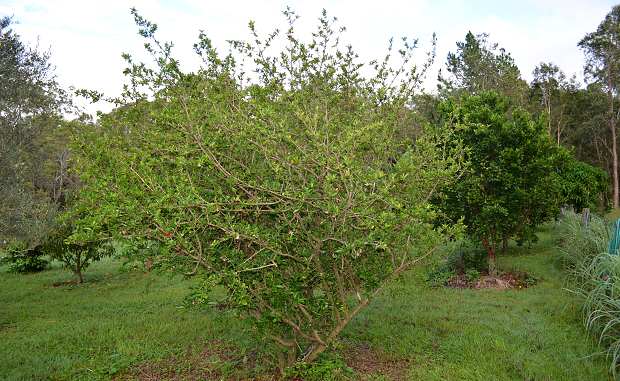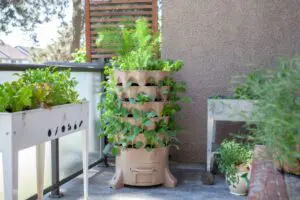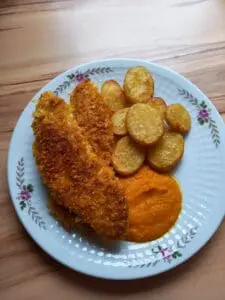Where I live (SE QLD, AUST) the temperature doesn't get low enough to successfully grow cherries, which is a shame because they taste great and are expensive to buy, therefore, growing them at home would be a much cheaper option (if I could). But cherries aren't the easiest plant to grow anyway even in a cold climate and because they are such a "high risk" and expensive crop to grow commercially the costs are transferred to the consumer.
So if I couldn't grow the 'real deal' I decided to see if I could find a substitute that would grow well in the subtropics and produce a similar fruit.

It didn't take me long to come across two contenders the Cedar Bay Cherry and the Barbados Cherry both of which grow well in a subtropical climate and taste exactly like a southern cherry… I just lied, sorry, truthfully they don't taste much like a cherry at all but the good news is the fruit from each plant/tree are terrific anyway.
Barbados Cherry (Acerola)
Let's concentrate on the Barbados cherry for this post. Also known as Acerola, the Barbados cherry is a fast growing shrub with small leaves that can grow to about 3-4 metres high and wide; however, I wouldn't let it get above 3 metres as the fruit will become too hard to pick. The dense spreading nature of the shrub and its "spiny-like" twiggy growth can make it difficult to negotiate when reaching for the fruit.
If left unchecked the shrub can get "lanky" and become susceptible to branch cracking or breaking from the stem, which can be serious. Therefore, I'd recommend pruning/hedging well (at least 12 inches) off around the whole plant through winter to encourage thicker growth and a more robust plant. Outer stems with a horizontal growth habit close to the ground should be removed as the brittle wood will surely break eventually anyway.

Having said that, the Barbados cherry is an attractive shrub to have in the garden and when in bloom its tiny pink flowers are as good as any ornamental.
The Fruit
Fruiting occurs through spring and summer normally with two main flowerings and then some sporadic flowering in between – you could say fruiting is constant through these two seasons I guess.

The fruit is about the size of a large cherry and is usually plentiful with ground waste often unavoidable. They taste a bit like an apple with a slight sourness. My family and I love the taste and my youngest boy is often found hovering around the tree stuffing his face. However, the taste is not for everyone with some family and friends quite turned-off by the tangy flavour. The other thing that is different from the "real cherry" is the seed (or seeds) being 4, which makes the Barbados cherry roll in the mouth longer to remove the flesh and spit them out.
Nutritional wise, the Barbados cherry is very high in vitamin C and apparently is full of antioxidants.
When stewed, mixed with some sugar, and strained through a medium holed sieve, these cherries make a magnificent strawberry tasting dessert topping with a vibrant red colour. The topping makes vanilla ice-cream heavenly.
Pests
I have seen the Barbados cherry fruit stung by fruit fly but rarely does the larva develop in the fruit itself. However, stings from fruit fly and other insects can affect the fruit development and make them grow poorly. Birds are not usually a problem; however, I have seen the odd cherry swiped by birds so netting may be required in other areas.
The shrub should never need to be sprayed with chemicals.
Care
Besides regular pruning (each season), the shrub needs little care as it's quite dry weather tolerant and copes well with high rainfall, heat and humidity.
Feeder roots are close to the surface and disturbing them with digging into the drip line or under canopy can shock the plant so be careful when weeding.
I feed the plant with a normal application of manure (horse or chicken) throughout the growing season and sometimes I apply a citrus fertiliser with trace elements and that seems to keep it happy.

Recommend
I definitely recommend the Barbados cherry for the backyard; it looks good but more importantly it's a useful food plant for the home garden and forget about it being a substitute for the real cherry the Barbados cherry is good on its own terms.
I'm happy to answer questions or chat about the Barbados cherry (Acerola) over on our forum – simply join up and connect with our online community.
Mark Valencia – Editor SSM
Look, and see the Earth through her eyes…













